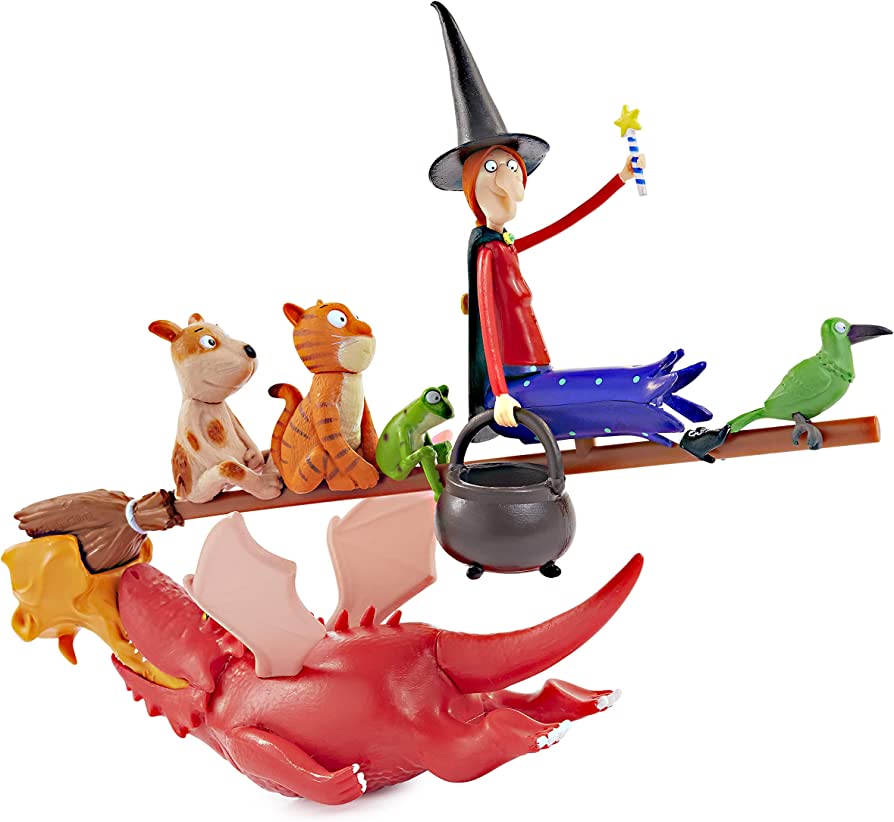This article highlights the importance of character design in video games, explaining how it can help engage players and keep them invested in the game’s storyline. A well-designed character can generate emotional investment and lead to an immersive and engaging gaming experience. Designing unique characters with distinguishable traits, as well as creating emotional connections and relatable personalities that resonate with players, is vital. Game developers can use character design to convey narrative elements, including using visual storytelling, interaction-based storytelling, and cultivating empathy amongst players. This includes diversity, representation, and humanizing characters through design, leading to more inclusive and supportive gaming environments.
Character Design in Games: Telling Stories and Cultivating Empathy Through Art and Animation
Introduction
Character design is a crucial aspect of game development that helps to engage players and keep them invested in the game’s storyline. A well-designed character can become a memorable and beloved part of a game, while a poorly constructed character may fail to resonate with players and leave them feeling disconnected from the game experience. This article will explore the importance of character design in games, and how it can be used to tell stories and cultivate empathy through art and animation.
The Importance of Character Design in Games
One of the most significant factors that can make or break a game’s success is the design of its characters. A well-designed character can capture the imagination of players and generate a sense of emotional investment in the game. On the other hand, weak character design can lead to disinterest and disengagement from the game experience.
Creating Unique Characters
A character’s appearance and personality should be unique and memorable, so that players can distinguish them from other characters in the game. This can be achieved through the use of distinctive visual cues, such as a particular color scheme or clothing style, as well as unique personality traits that define their behavior and interactions within the game environment.
Building Emotional Connections
Character design is also important for creating emotional connections between players and the characters they encounter in a game. By designing characters that are relatable and emotionally resonant, game developers can create a more immersive and engaging gaming experience. For example, players may find themselves empathizing with a character’s struggles and rooting for them to succeed in their quest, which adds an extra layer of investment and emotion to the game experience.
Telling Stories Through Character Design
Character design can also be used as a storytelling device, as the appearance, actions, and interactions of a character can convey important narrative elements. By designing characters with unique backstories, motivations, and personalities, game developers can create a rich and complex game world that draws players in and keeps them hooked.
Visual Storytelling
Visual storytelling is a powerful tool for conveying narrative elements through character design. By using color, shape, and design to create distinctive characters, game developers can communicate important information about a character’s background, personality, and motivations with just a single glance. For example, a character with ragged clothing and scars may indicate a rough and challenging past, while a character with flowing robes and a gentle demeanor may suggest a more peaceful and merciful nature.
Interaction-Based Storytelling
Character design can also be used to convey narrative elements through the way that characters interact with each other within the game world. By designing characters with unique relationships and interactions, game developers can create a sense of narrative depth and complexity that draws players in and keeps them engaged. For example, a character who is dismissive or aggressive towards another character may suggest a tense history or conflict between them, while a character who is always kind and helpful may suggest a history of support and camaraderie.
Cultivating Empathy Through Character Design
Character design can also be a powerful tool for cultivating empathy and understanding amongst players. By creating relatable and emotionally resonant characters, game developers can create a more inclusive and holistic gaming experience that encourages players to recognize and connect with the perspectives and experiences of others.
Diversity and Representation
Creating characters that represent a diverse range of backgrounds and experiences is crucial for fostering empathy and understanding within a game. By designing characters that reflect the real world, game developers can help players to recognize and connect with different perspectives and experiences, which can lead to more inclusive and supportive gaming environments.
Humanization of Characters
Humanizing characters through character design is also important for cultivating empathy amongst players. By designing characters with relatable struggles and challenges, game developers can create a sense of shared humanity amongst players that encourages empathy and understanding. For example, a character who struggles with anxiety or self-doubt may resonate with players who have experienced similar challenges, and encourage them to see the character in a more positive and supportive light.
Conclusion
Character design is a crucial aspect of game development that can make or break a game’s success. By creating unique and emotionally resonant characters and using them to tell stories and cultivate empathy, game developers can create immersive and engaging game experiences that keep players invested and engaged for hours on end.
